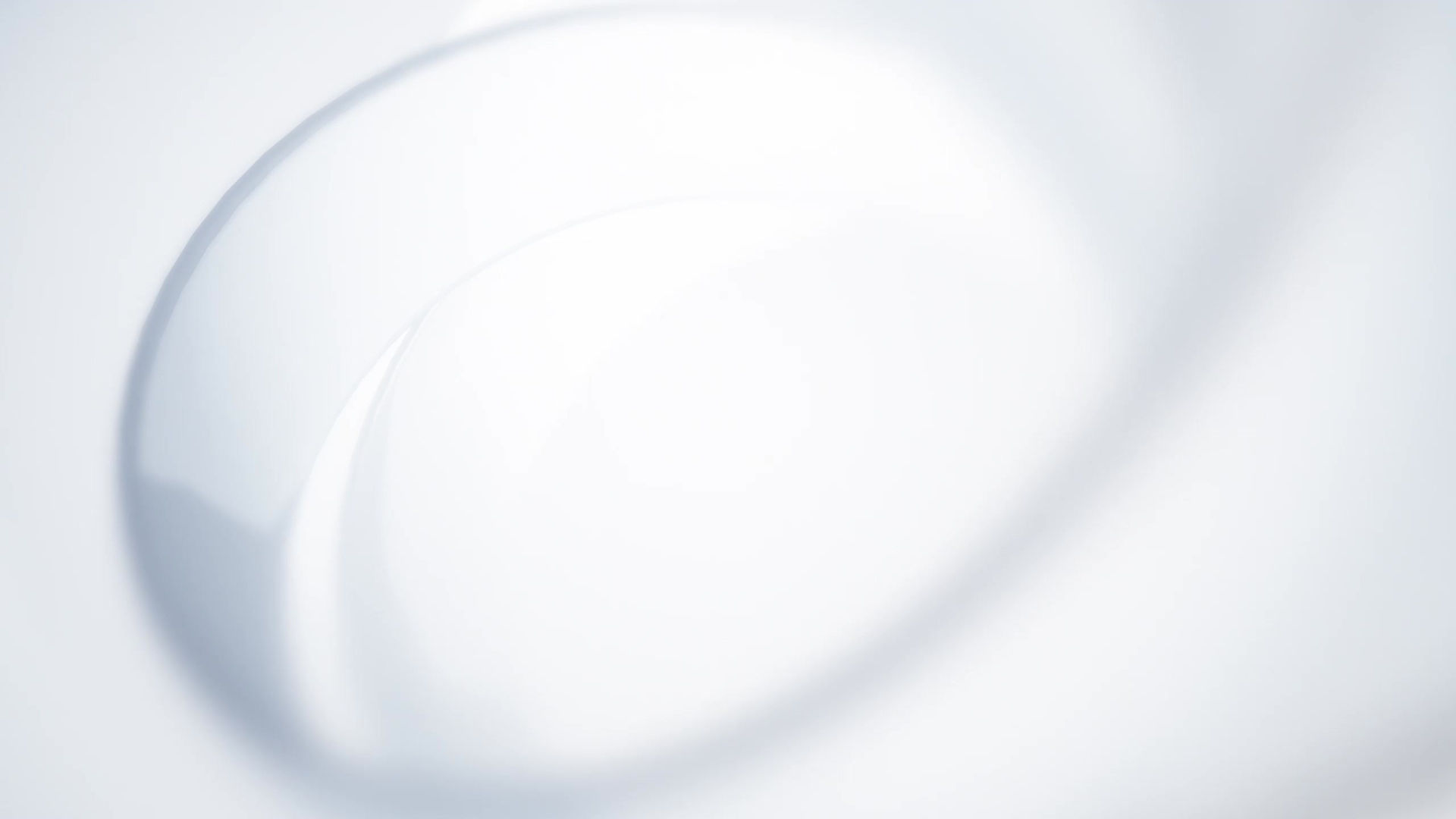Parametric Acoustics, 3rd Edition*
- Michael Fay
- Jul 26, 2022
- 2 min read
Updated: Jun 3
The Case for the Parametric Method of Acoustic Treatment
Abstract
The topic of architectural acoustics has been documented and carefully studied for more than a century. Historically, most absorptive treatment materials and products have offered a relatively broadband approach to managing reverberation in a room. While this basic approach has changed little, new acoustical goals, priorities, materials, test lab findings, and training suggest this singular approach needs updating.
The Parametric Acoustics thesis does not challenge the physics underlying traditional acoustic theory. Rather, it offers a fresh perspective on how new materials can and should be deployed. For instance, the development of new absorption materials and products can and should provide a more specific, tuned range of frequencies; particularly those within the bottom three octaves of commonly used and heard sounds. Why? Because of the massive amounts of full-bandwidth energy being pumped into rooms deploying our modern loudspeaker technologies. Much of this energy is left untouched by generic acoustic materials.
This paper expands on the T60 Slope Ratio thesis1 by providing methodology, commentary, and examples for specifying acoustic treatments as band-limited tools. The T60 Slope Ratio (TSR) is represented symbolically as T60SR6. The calculation delivers a relational score (Figure 1) using the two extreme time values - from the six octave centers - between 63 Hz and 2 kHz. The score is calculated by dividing the longest T60 by the shortest T60, regardless of octave.

This discourse outlines how and why a Good to Optimum TSR grade can be achieved in almost any sound-critical space. To that end, the next level of architectural acoustic refinement is proposed: PMAT - the Parametric Method of Acoustic Treatment.
While the best practitioners in architectural acoustics already understand, and may implement similar principles, the PMAT concepts are not widely considered or applied.
* Following its original publication2 in May of 2021, I was notified of an error in the data tabulation in what was then Figure 12. The second edition of this thesis provided the corrected values, which are shown in Figure 5 below. Also, five new sections were added or updated.
My new book Acoustic Essentials for Architects, published in May 2025, has prompted this third addition. It includes refining and adding to the existing information, syntax corrections, new products and graphics, and reordering some sections for better flow and clarity.
The full paper pdf can be downloaded via the link below.

.jpg)


Comments